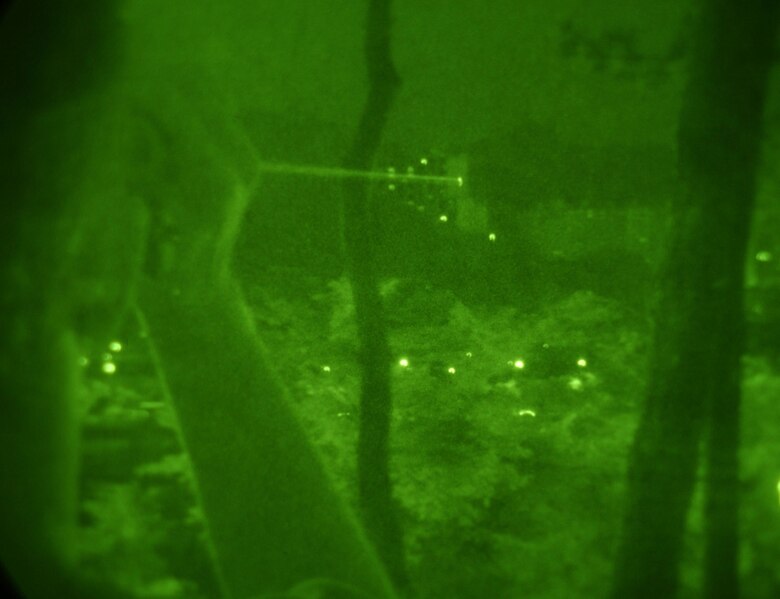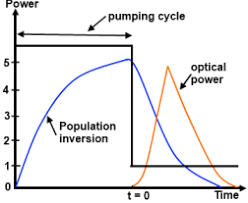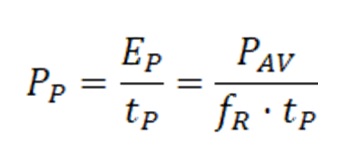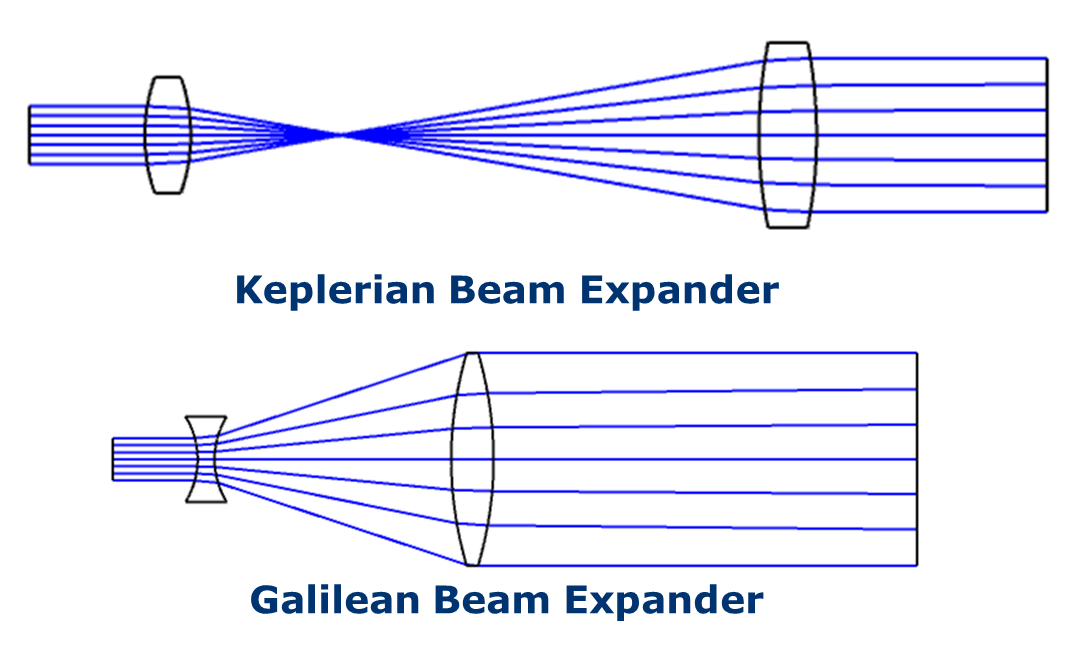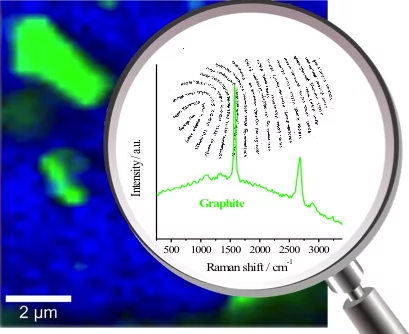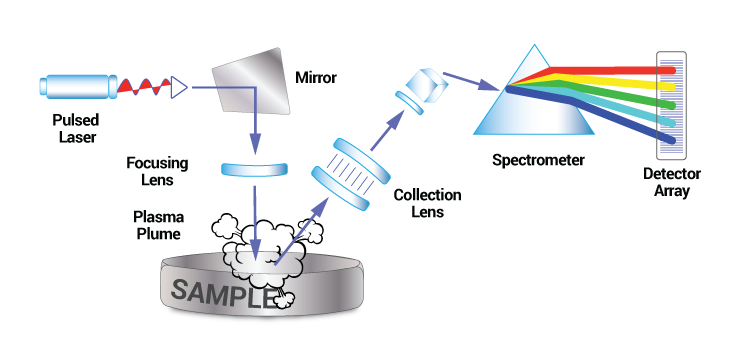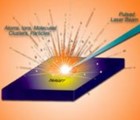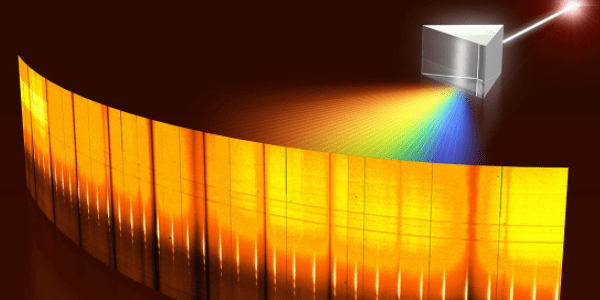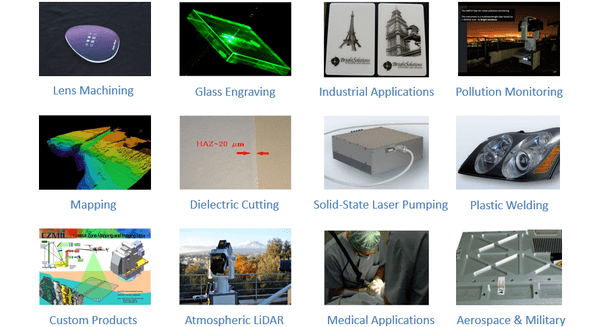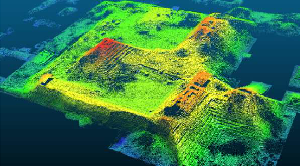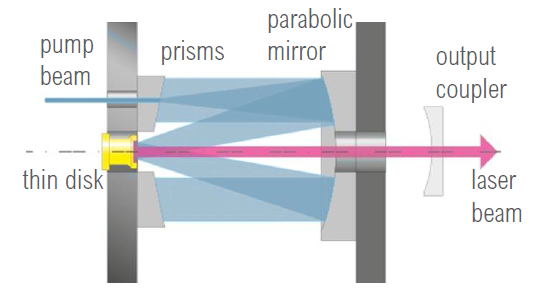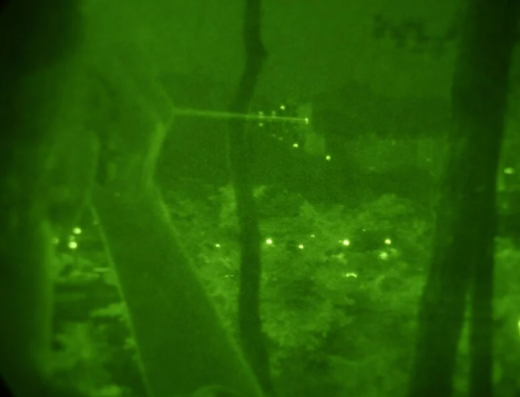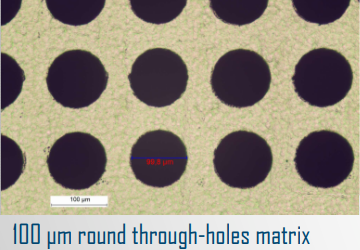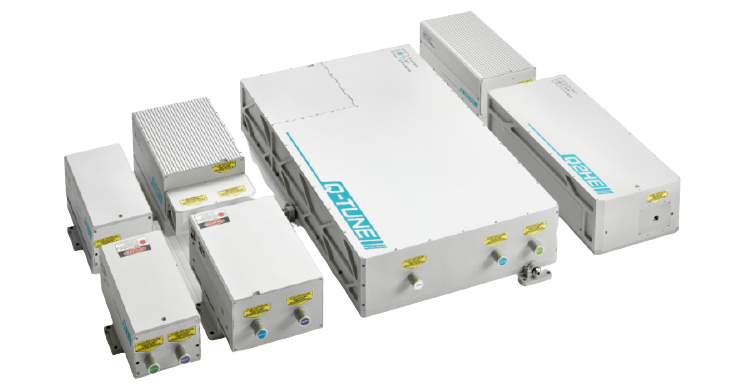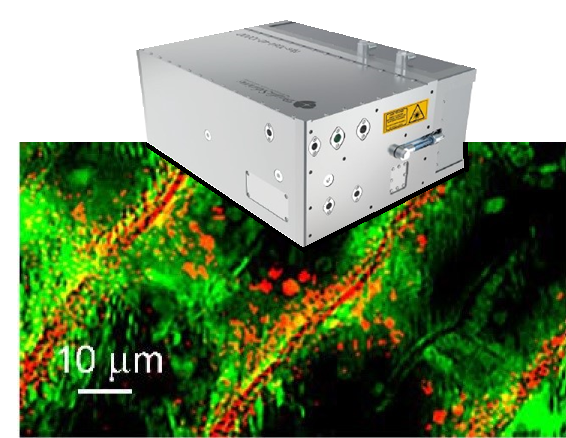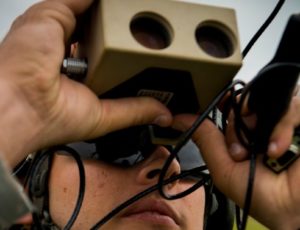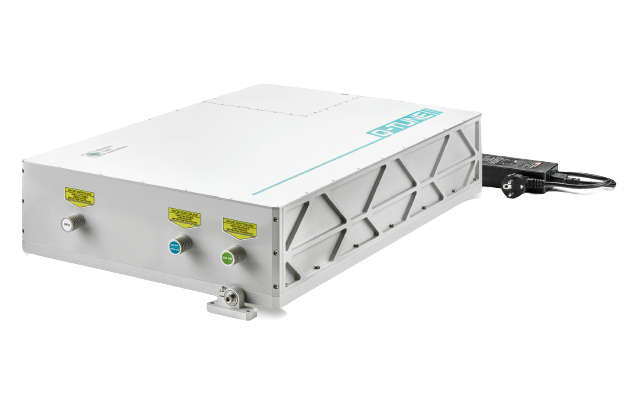Target Designation Laser Source Requirements
Combat zones can be extremely chaotic. With a massive influx of sensory input, implementing clear communication, rugged tools, and reliable instrumentation is key to a successful mission. One of the most challenging tasks in any aerial combat situation is determining which assets on the ground to target and which ones to avoid. Because of this challenge, a practice, commonly referred to as “painting the target,” was developed and has been successfully deployed for many years, allowing ground forces to identify and designate targets for successful engagement by aeria… Read More

 SHIPS TODAY
SHIPS TODAY 